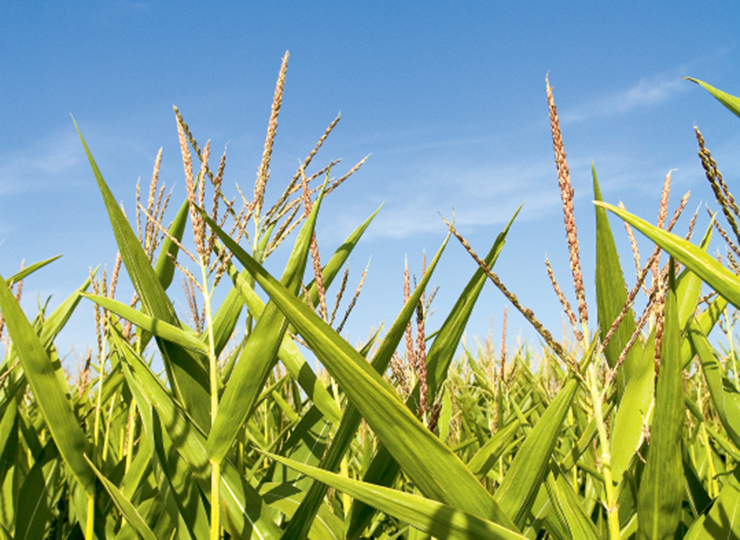Home > Minnesota > Minnesota Environment > The Bio Control Trifecta
The Bio Control Trifecta

Like soldiers on the front lines, members of the Minnesota Department of Agriculture’s Plant Protection Division and researchers at the University of Minnesota are on the cutting edge of fighting diseases and pests that threaten crops, trees and plants.
“Biological control is a pest management strategy that uses other biological organisms – insects, fungi, nematodes, bacteria or viruses – to attack or mitigate the target pest, which can include insects, weeds, nematodes or fungi.” says Geir Friisoe, director of the Plant Protection Division.
Importation
The most commonly used practice is importation, also known as classical biological control, which requires identifying a natural enemy of the invasive pest in its native range, and releasing it in the affected geographic location.
The University of Minnesota is equipped to determine the safety of releasing a pest’s natural enemy, thanks to their state-of-the-art quarantine lab, specifically designed to prevent insects from escaping.
Augmentation
Nonstinging parasitic wasps are biocontrol agents used to combat emerald ash borer in areas where ash trees have been infested.
Companies are also raising these natural enemies by the millions for producers to use in their own biological control efforts. This method works best in confined settings, such as greenhouses.
Conservation
The conservation approach alters the habitat in a way that benefits the natural enemies at the expense of the pest. For instance, planting flowers near an infested field would provide sustenance for the natural enemies, allowing it to have a greater effect on the pest.
Using these methods of biological control, Minnesota pest experts can fight existing infestations and prevent future battles.



